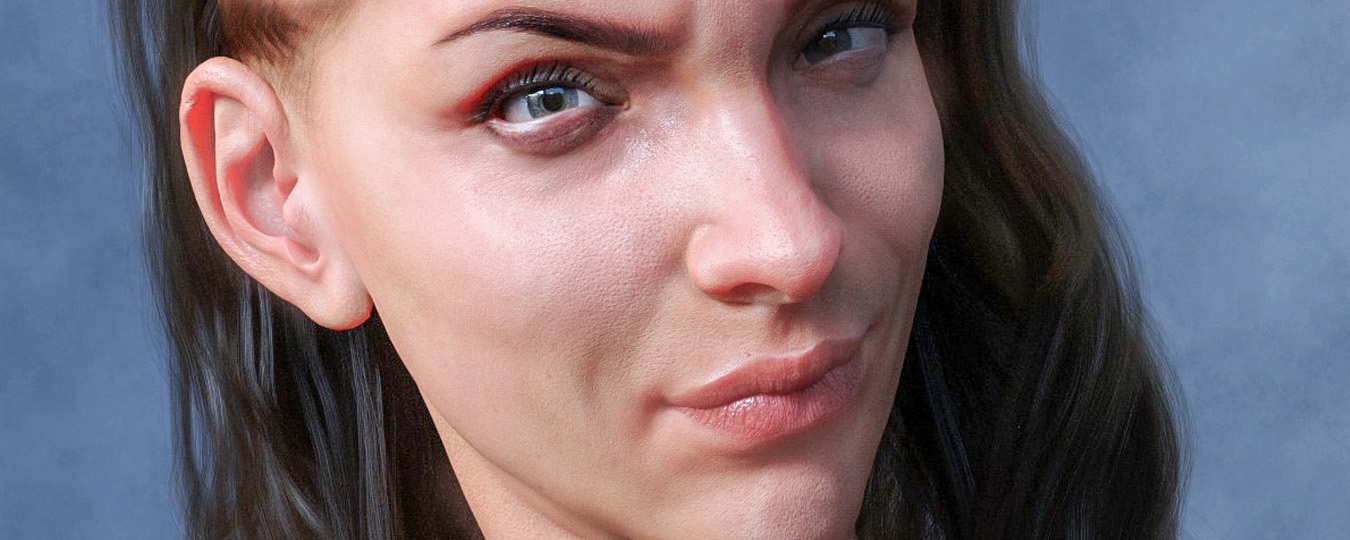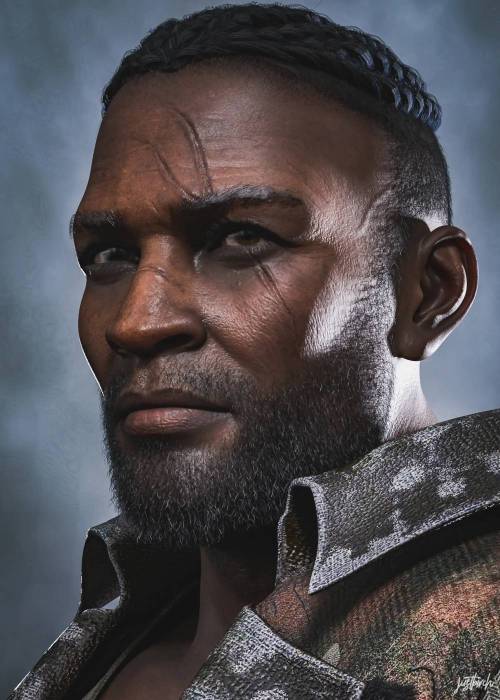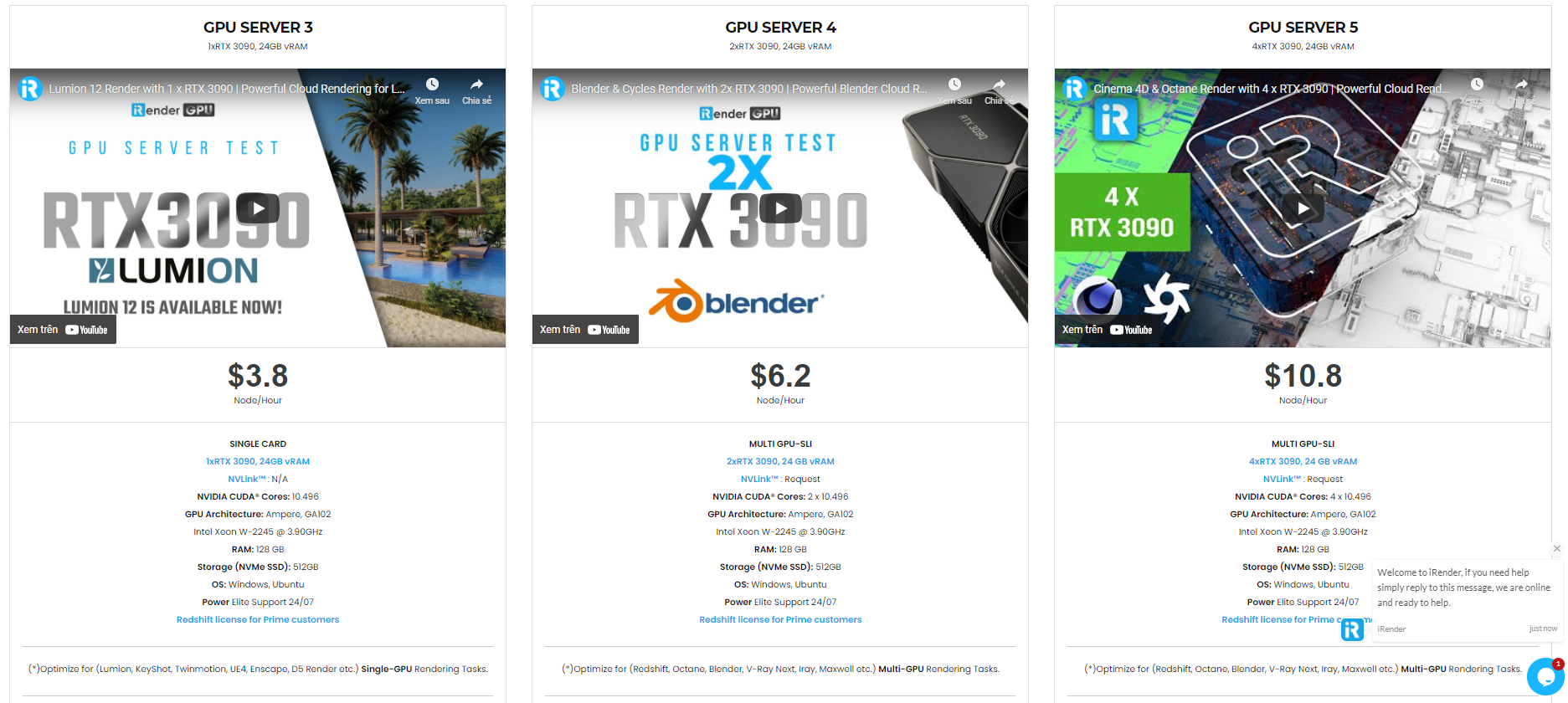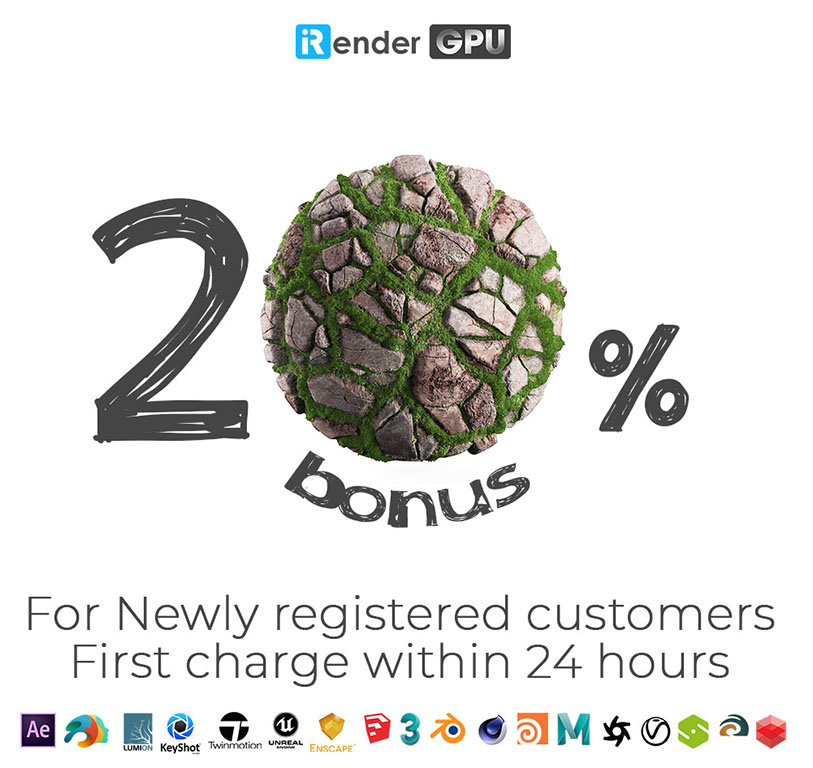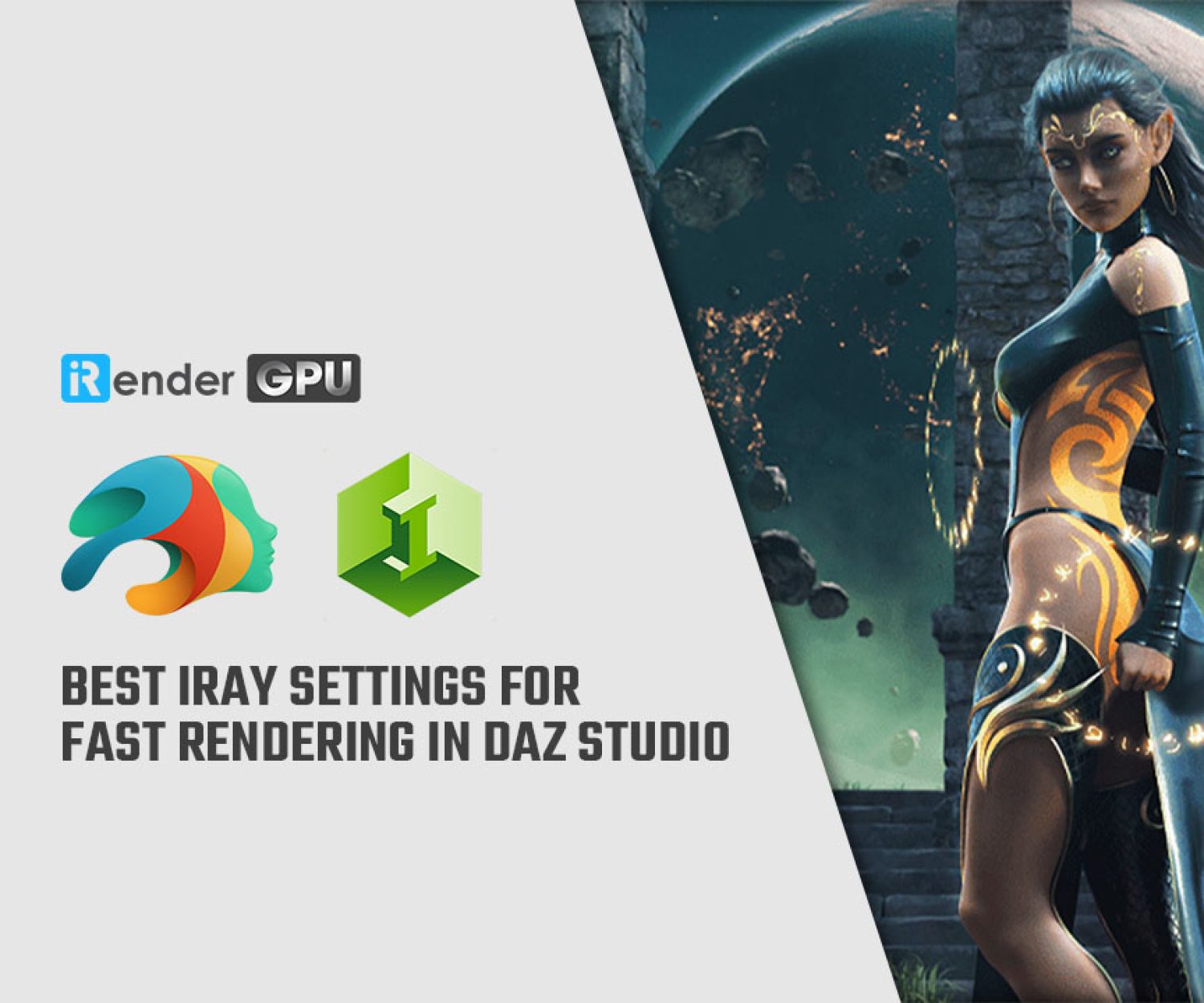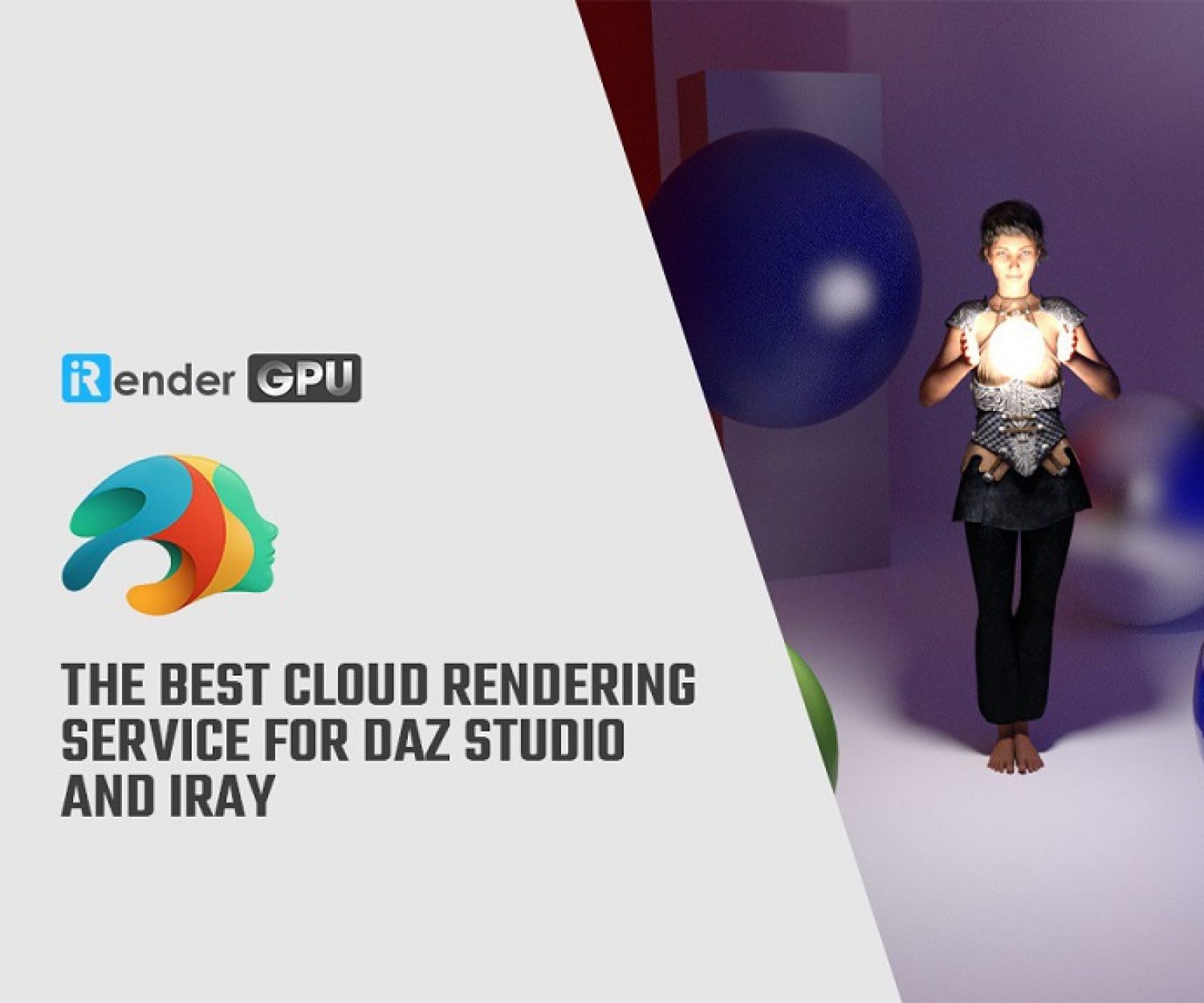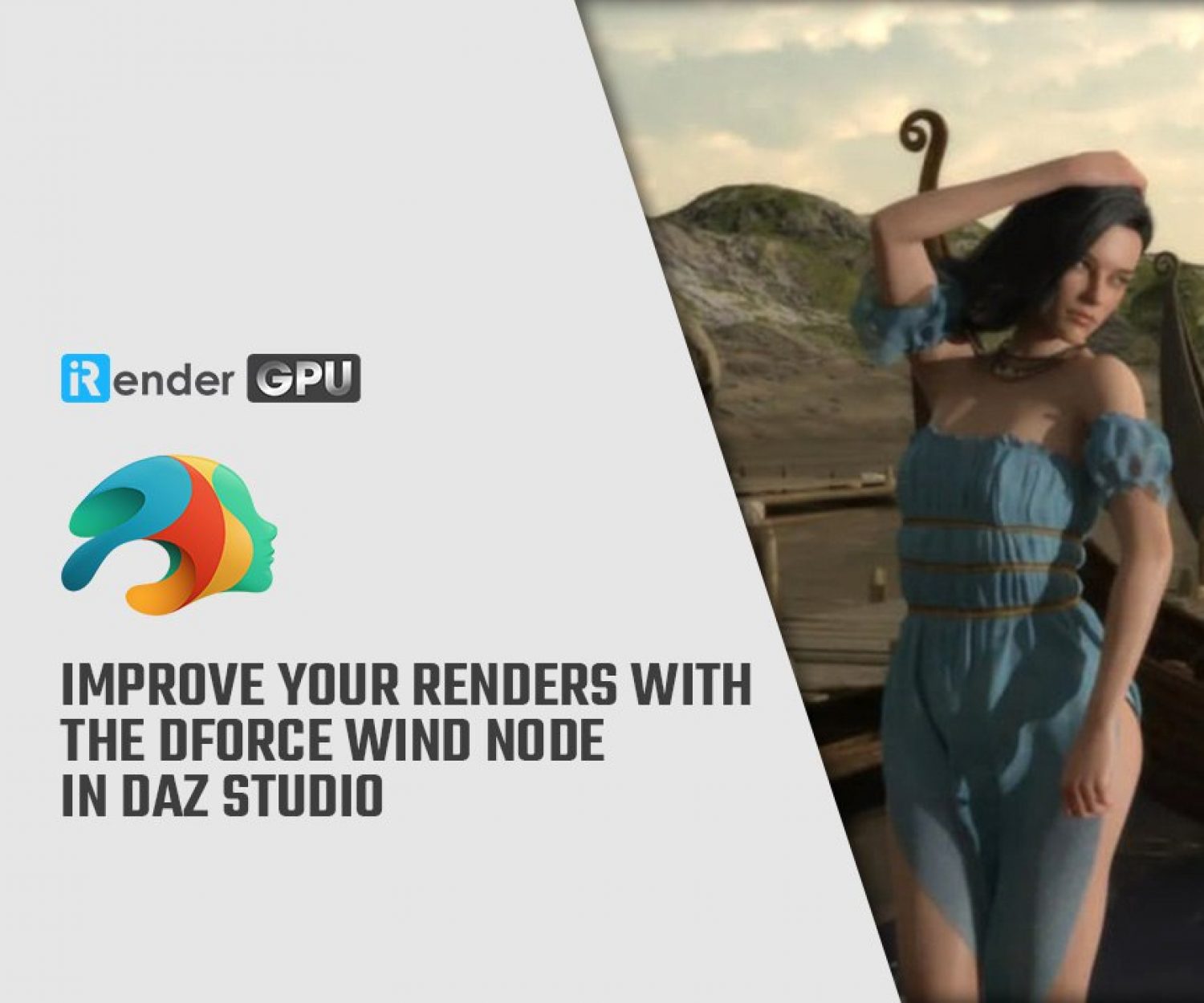Creating 3D Skin Tones: The Ultimate Guide from Skin to Scales in Daz Studio
Texturing and creating realistic skin tones challenges many new 3D artists. If you’ve ever wondered how published Daz artists create their lifelike products and unique models, from human figures to scale-covered dragons — this post might help. There are a plethora of 3D skin tone options available to you inside Daz Studio and also outside of it in popular 3D programs like Blender.
First, we’ll talk about some of the technical tools available for creating 3D skin tones with textures and materials. Then we’ll look more closely at how Daz Studio handles these and how you can get the best results in your own renders.
What is a Texture Map?
Let’s start with the basics. A texture map, and the process of texture mapping, is one of the most common methods for defining high levels of detail, surface texture, and color on a 3D model. A 2D image is applied, or mapped, to the surface or shape of a polygon mesh. The image can be a bitmap image (a fancy term referring to data storage, such as various image file formats) or it can be a procedural texture (textures created algorithmically rather than from images). For obvious reasons, hands-on control being one of them, the most common texture maps will involve images.
Texture maps can be created by hand with digital painting tools, derived from photographs, or even 3D scanning apps and programs. With so much amazing software available, creators will have little trouble finding a medium that works for the type of textures they want to create. A digital painting program is generally best for stylized textures, while photography, 3D scanning apps like Polycam for IOS, or websites like 3D.sk are the best ways to create hyper-realistic texture maps.
What is a Normal Map?
Normal mapping is a texture mapping technique used to fake the lighting of bumps and dents. This allows creators to add more detail to a model without requiring additional polygons. There is a lot of math that goes into generating normals, but fortunately, software handles all of that for us. Programs such as Photoshop will generate a normal map for you based on any image.
What is PBR Texturing?
There are quite a few different types of texture maps beyond the common diffuse and normal maps. PBR stands for physically based rendering and has been around since the 1980s. Many artists prefer PBR over non-PBR textures because of the wide variety of control available to them.
PBR textures allow for ten different types of maps including:
- Albedo (the PBR equivalent of a diffuse map).
- Normal
- Roughness
- Metalness (non-PBR workflows use Reflection maps instead).
- Specular
- Height
- Opacity
- Ambient Occlusion
- Refraction
- Self-illumination
If you ever worked in a 3D program before, there is a good chance you have encountered PBR texturing. Popular Game Engines such as Unity employ this method, and it is certainly an industry standard.
What is a Material?
Think of materials as a series of layers on top of a 3D object, which dictates how it appears. Like textures, materials help paint the surfaces of objects, however, they bring far more to the table than looks alone. Materials almost always include a texture as one of their parameters. It is common in a high-quality material to see a texture, a normal map, and a specular map as well. It would widely depend on the type of material and the desired look the artist is after.
A material would be created when all the desired maps and values for those maps were applied within the material. This makes for quick application to additional objects that share the same material.
What is a Shader?
Another common tool you will encounter in 3D, and especially within Daz Studio is the term Shader. Originally, Shaders were created for shading scenes, as in generating the appropriate levels of light and darkness in a rendered image. Most shaders are coded for and run on GPUs (graphic processing units).
Today, shaders have evolved to include special effects as well. A shader does not manipulate the various texture maps used in a material, however, it is an additional way to alter the appearance of a material or collection of materials.
Various shaders have become particularly popular in video games, with techniques such as cel shading popularized by hit titles like Nintendo’s Breath of the Wild.
Adjusting Surfaces in Daz Studio
Unless you are generating your own content, when it comes to Daz Studio, you typically don’t have to concern yourself with sourcing the components and software necessary to create custom textures, materials, or shaders. Those will almost always be provided for you with the products you choose to use. A 3D object’s Surface in Daz Studio is an all-encompassing term that covers textures, materials, and shaders.
The most important thing when it comes to surfaces is understanding how each component affects the end result when you generate the final render. Understanding these components will also increase the total number of skin tone options available to you while increasing your ability to successfully manipulate objects.
The Surface Selection Tool in Daz Studio is a great way to select the surface of an object so you can manipulate them without also selecting bones and other components of the model.
With the surface selected, navigate to the Surfaces Tab found under Editor. Daz Studio’s user-friendly interface compiles all of the materials data here. If an object includes various presets provided by the creator, you could select them here to immediately change the appearance of the surface. You can also use the sliders and other setting adjustments to create something completely new.
For best results, make sure you only use materials labeled with MDL for the NVIDIA Iray render engine.
Creating Creative Skin Tone Options
Now that you understand how to manipulate and change surfaces in Daz Studio, you have access to an almost infinite number of 3D skin tone options for your characters!
Within the same surfaces tab, select shaders beneath materials. You can apply any number of shaders to a surface, and there are plenty to choose from. Again, if you are working with Iray, be sure to use the shaders listed under Iray.
By combining unique shaders and playing with materials and settings, you will be able to create a number of unique results.
Even if you don’t want to create an out-of-this-world skin texture like, say, fish scales, you can use this knowledge to adjust the skin tone of a character as well by adjusting the Diffuse Color of your character’s skin surfaces. Each number displayed in the Diffuse Color parameter box corresponds to one of the three RGB values, so as you start changing values you may get exotic colors. Careful adjustments will create natural-looking human skin tones.
The professional cloud rendering service for Daz 3D
iRender is a GPU-Acceleration Cloud Rendering Service for Multi-GPU Rendering with Powerful Render Nodes: 2/4/6/8x RTX 3090/3080/2080Ti. iRender provides High-performance machines for GPU-based & CPU-based rendering on the Cloud. For Daz 3D users can leverage the power of single GPU, multi GPUs to speed up your render time. Users can easily choose their machine configuration from recommended system requirements to high-end options.
Why iRender?
Reasonable price (lots of bonus)
You will be charged on a per-minute basis. However, you can always save up to 30% with our Fixed Rental feature. For those who are in need of the server for more than a day, or have extremely large projects, we advise choosing daily/weekly/monthly or even yearly rental packages. The discount is attractive (10% for daily packages, 20% for weekly and monthly packages)
Real human 24/7 support
Our support is always online 24/7, helping you to handle the problem quickly, effectively, saving you both time and money.
Conclusion
If you have any questions, please do not hesitate to reach us via Whatsapp: +(84) 972755742. Register an ACCOUNT today and get FREE COUPON to experience our service. Or contact us via WhatsApp: +(84) 972755742 for advice and support.
iRender – Happy rendering
Source & pictures: Daz3D blog
Related Posts
The latest creative news from Daz3d Cloud Rendering, Redshift Cloud Rendering, Nvidia Iray Cloud Rendering , Octane Cloud Rendering, 3D VFX Plugins & Cloud Rendering.

